6 ways to personalise your pad sound
Make your pad your own
After setting up your pad's sound source - or multiple sources - it may still be fairly dry. The obvious next step is to throw all manner of reverb and modulation effects into the mix in order to make the pad 'evolve' smoothly. If you're addicted to a particular set of effects, though, the results can be stale and lifeless.
So, we're going to push the inspiration level back up a notch with these six suggestions for further pad processing. We'll mess with modulation at the sound source, choosing the notes that'll be played and the order of the effects chain so as to truly personalise your pad. We'll try messing with the stereo image, going back to the start of the sound chain, and rendering the sound to audio for some final, surgical tweaking.
For more on making pad sounds, pick up Future Music 290, which is on sale now.
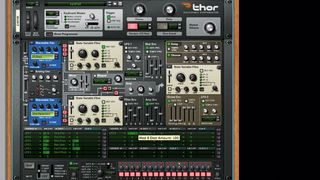
Step 1: Modulation's a good way of evolving a pad. Try it on amplitude, FM amount, oscillator mix - anything. Even better: modulate your first LFO's speed with a slower LFO or an envelope. Try unsyncing your LFOs so they don't start with every note, and unhook them from the host tempo.
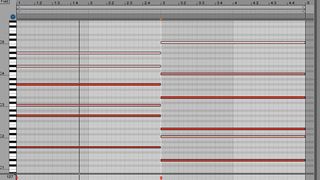
Step 2: Change the notes for a different mood. Copy the harmonic series: keep a wide gap between your lowest notes, and smaller spaces between higher ones. Treble notes should usually be quieter than bass ones. Make small tweaks to some of the notes to try for a more interesting chord.
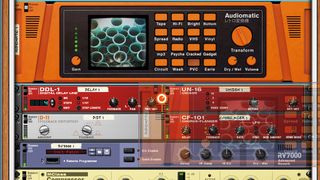
Step 3: When it comes to effects, try everything - seriously, go crazy! But, common pad inserts include modulation effects like chorus, phasing and reverb. Try messing with the ordering of your effects chains to hear what sounds best.
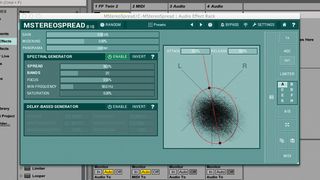
Step 4: Pads are usually wide, stereo elements, and that's something else to play with. Try tweaking the stereo width of different elements, or even modulating the stereo width of different elements to different extents.
Get the MusicRadar Newsletter
Want all the hottest music and gear news, reviews, deals, features and more, direct to your inbox? Sign up here.
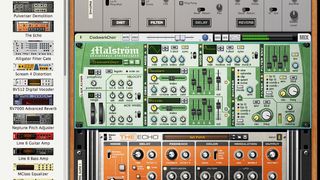
Step 5: Once you've got your pad going, the original sound may have become completely distorted. Now's a good time to go back to the source and hear what your changes are doing to the overall sound. Try changing it either a little or completely, just to see if you can make it more interesting.
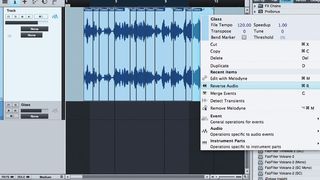
Step 6: Open up more options by rendering a pad to audio. In the audio domain, you can chop it up and mess with the waveform. Try reversing the signal and blending it with the original, say, or slice the audio file up, rearrange it and crossfade the individual parts - glitch edits for pads!
Future Music is the number one magazine for today's producers. Packed with technique and technology we'll help you make great new music. All-access artist interviews, in-depth gear reviews, essential production tutorials and much more. Every marvellous monthly edition features reliable reviews of the latest and greatest hardware and software technology and techniques, unparalleled advice, in-depth interviews, sensational free samples and so much more to improve the experience and outcome of your music-making.

"If I wasn't recording albums every month, multiple albums, and I wasn't playing on everyone's songs, I wouldn't need any of this”: Travis Barker reveals his production tricks and gear in a new studio tour

“My management and agent have always tried to cover my back on the road”: Neil Young just axed premium gig tickets following advice from The Cure’s Robert Smith











